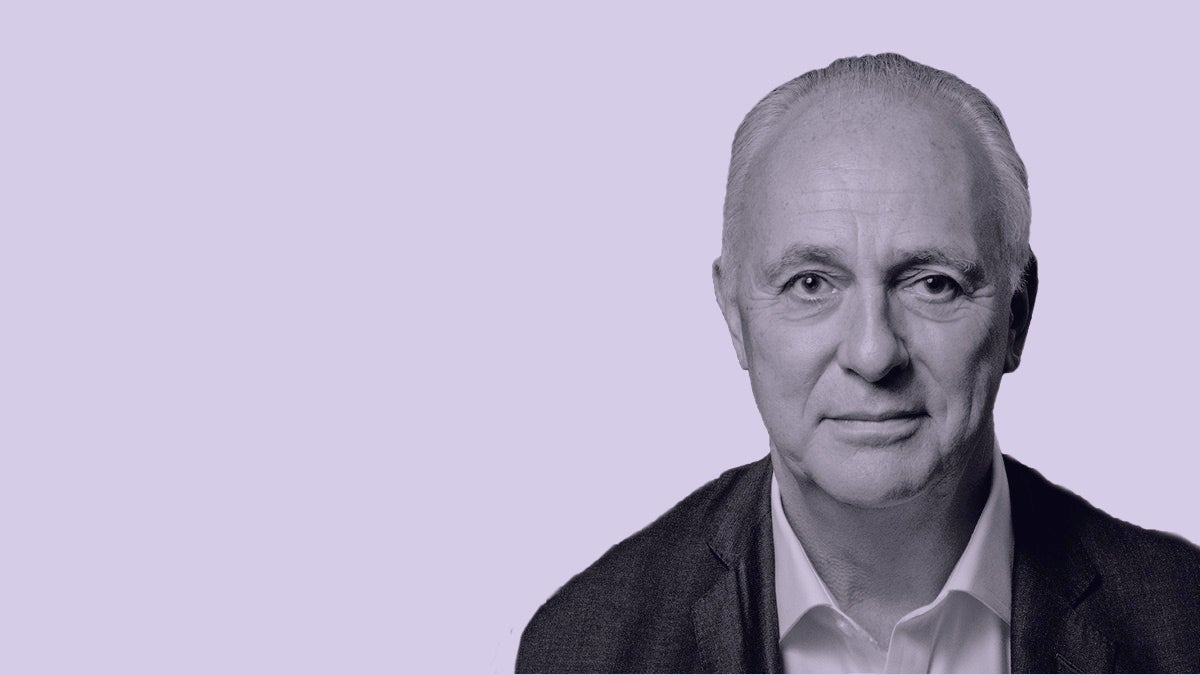
What role can infrastructure investors play in driving the United Nation’s Sustainable Development Goals?
Infrastructure is the platform on which a lot of the other Sustainable Development Goals (SDGs) deliver. We live in a world with very uneven infrastructure which doesn’t reflect population distribution. There is a huge infrastructure deficit in developing regions of the world and in developed regions infrastructure is often not fit for purpose in terms of SDG achievement. We’re a world badly in need of an infrastructure surge to correct the existing infrastructure footprint and to build out a new footpath where there is currently just a toehold in many parts of the developing world.
Why is infrastructure a better route to sustainable investing than other asset classes?
Partly because it’s an anchor for the rest. You need a new infrastructure platform in the world that addresses green transportation and energy if, for example, you are to achieve climate change goals. Secondly, infrastructure is one of the most financially attractive components of environmental, social and governance investing because it tends to provide attractive cash flows and good returns on investment. There’s an infrastructure squeeze; there isn’t enough of it to go round, so it secures old-world returns for a new economy purpose.
Infrastructure is key to development. People without modern infrastructure need it just as much as city dwellers who aren’t getting the benefits they want
What specific type of infrastructure projects can make the most impact from a sustainability perspective?
The shift to renewable energy is going to fundamentally reshape the transport network on which we operate, as people move first towards more mass-transit systems and second towards a shared car ownership model. For almost every sector, where people are seeking change in terms of SDG performance, there is an infrastructure role. For example, we’re going to see a dramatic change in agriculture and food production with a real focus on cutting down food waste by investing in infrastructure that improves storage, shortens the journey times to market and localises food production in ways not seen before.
What are the wider social benefits of infrastructure investing?
Infrastructure is simply at the core of any development model. People who have not been reached by modern infrastructure are every bit as much in need of it as middle-class city dwellers whose infrastructure is not delivering the benefits they expect it to deliver. When you look at the numbers, there is such a gap between the investment need and the amount of investment going into this sector. But it’s not as simple as saying that we need X hundred billion and we’re only getting Y, and all you need to do is fill the gap. You need the right financial products and the right public-private mix to address the particular risks of long-term investments of this kind.
Where do you see the most need for infrastructure investment to support the UN’s SDGs?
In the developed world, the financing is often easier because the returns are securer. But in economic terms, if you improve, say, railway infrastructure in the developed world compared to installing a mass-transit system in a developing country where there wasn’t one before, the economic returns in the latter case are going to be much higher than in the former, but the financial returns are riskier. So at the moment there is an investment bias towards infrastructure in the developed world even though the economic returns to society as a whole maybe considerably less.
What needs to be done to boost infrastructure investment in developing markets?
First, designing investment products that satisfy the investor they are taking a reasonable, but not excessive, amount of risk, so that’s usually some kind of public-private investment model where a public entity is taking a portion of the risk. The second is structuring deals where the investor is not taking a huge currency risk. Beyond the financial aspects, there’s also risk around the quality and capacity of infrastructure projects on the ground, so ensuring there is a trained local labour supply and local managerial capacity is important to make sure projects can be executed as efficiently in a developing country as in a developed country.
Promoted by I Squared Capital

What role can infrastructure investors play in driving the United Nation’s Sustainable Development Goals?
Infrastructure is the platform on which a lot of the other Sustainable Development Goals (SDGs) deliver. We live in a world with very uneven infrastructure which doesn’t reflect population distribution. There is a huge infrastructure deficit in developing regions of the world and in developed regions infrastructure is often not fit for purpose in terms of SDG achievement. We’re a world badly in need of an infrastructure surge to correct the existing infrastructure footprint and to build out a new footpath where there is currently just a toehold in many parts of the developing world.

